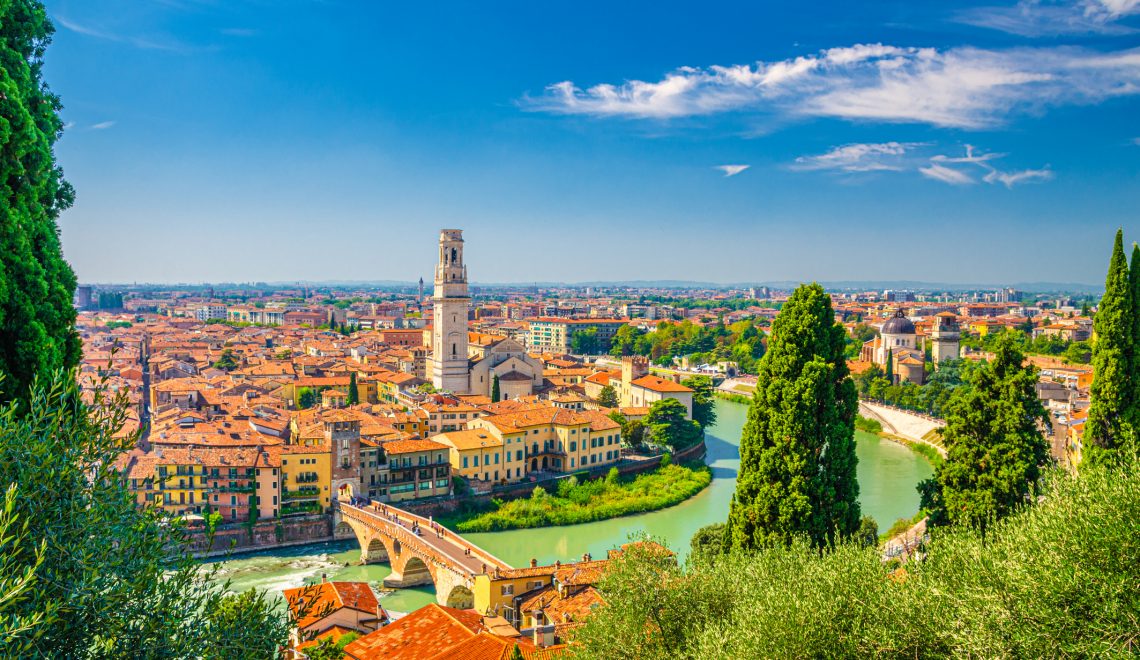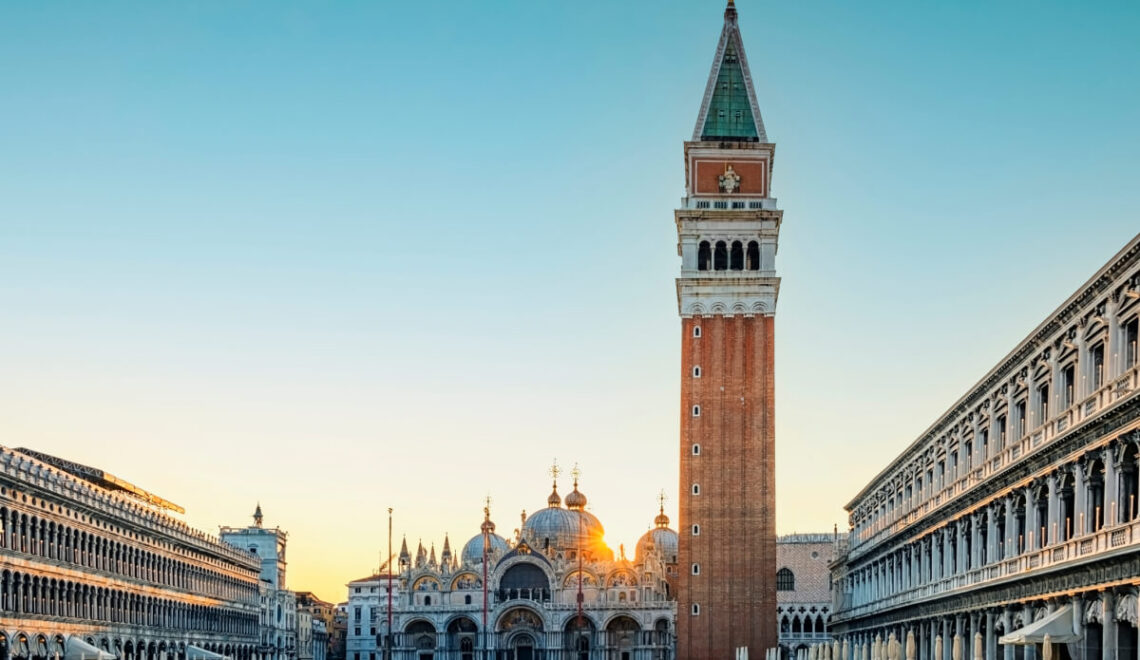
Explore the journey from Rome to Florence, covering the distance by high-speed train. Discover how to travel, the train ride duration, and tips for this iconic Italian experience
Traveling from Rome to Florence or vice versa is a journey that encapsulates the beauty, history, and vibrancy of Italy. This article is your comprehensive guide to making the most out of this quintessential Italian experience, ensuring that you know all there is about the journey, what to expect, and how to make the most of your time in these two iconic cities.
- Rome and Florence: Two Italian Gems Just a Train Ride Away
- How to Get from Rome to Florence?
- Discover the Villages and Cities Between Rome and Florence
- How to Plan a Day Trip from Florence to Rome
- Tips for Visiting Rome and Florence in All Seasons
Rome and Florence: Two Italian Gems Just a Train Ride Away
The distance between Rome and Florence is about 170 miles (274 kilometers), making these two cities surprisingly accessible to each other. The heart of Italy’s Renaissance, Florence, and the eternal city of Rome, are linked not just by their historical significance but also by efficient high-speed train services. Whether you’re marveling at the art in Florence or exploring ancient ruins in Rome, the journey between these cities is just as enriching as the destinations themselves.
How to Get from Rome to Florence?
High-speed trains offer the fastest and most comfortable way to travel between Rome and Florence, with the journey taking as little as 1.5 hours. The fast train from Rome to Florence, often referred to as the bullet train, allows travelers to make the most of their time in Italy. Services such as Italo Treno provide frequent departures, ensuring that getting from Rome Termini Station to Florence SMN can fit seamlessly into any travel itinerary.
Discover the Villages and Cities Between Rome and Florence
 Traveling from Rome to Florence by train isn’t just a transition; it’s an immersive journey into the heart of Italy. This route showcases the country’s rich diversity, offering glimpses of picturesque landscapes and historic towns, each with its unique story and charm.
Traveling from Rome to Florence by train isn’t just a transition; it’s an immersive journey into the heart of Italy. This route showcases the country’s rich diversity, offering glimpses of picturesque landscapes and historic towns, each with its unique story and charm.
Orvieto
One of the first notable stops, Orvieto sits majestically atop a volcanic hill. Its stunning Gothic Duomo and ancient underground city provide a fascinating peek into Italy’s medieval and Etruscan heritage, making it a compelling glimpse into the past just a short distance from Rome.
Chiusi
Further along, Chiusi offers a deep dive into Etruscan history with its well-preserved tombs and the National Etruscan Museum. The surrounding countryside, with its classic Tuscan vineyards and olive groves, epitomizes the region’s idyllic landscape.
Arezzo
Arezzo, a city rich in art and history, features the mesmerizing frescoes of Piero della Francesca in the Basilica of San Francesco. Its monthly antique market is a treasure trove for collectors and one of Italy‘s largest, set in the medieval Piazza Grande.
Cortona
Though slightly off the main line, Cortona is worth mentioning for its breathtaking views over the Val di Chiana and Lake Trasimeno. Famous for its role in “Under the Tuscan Sun,” Cortona charms visitors with its steep, narrow streets leading to the vibrant Piazza della Repubblica.
Visit the beauties of Tuscany with Italo
How to Plan a Day Trip from Florence to Rome
 Embarking on a day trip from Florence to Rome offers an exhilarating glimpse into Italy’s rich history, art, and culinary traditions. To maximize this adventure, it’s crucial to plan strategically, ensuring an efficient and effective journey. Here are some tips to help you make the most of your day trip:
Embarking on a day trip from Florence to Rome offers an exhilarating glimpse into Italy’s rich history, art, and culinary traditions. To maximize this adventure, it’s crucial to plan strategically, ensuring an efficient and effective journey. Here are some tips to help you make the most of your day trip:
- Book Train Tickets in Advance: The high-speed train between Florence and Rome shortens travel time, allowing more hours for exploration. Book your tickets in advance to secure the best prices and avoid any last-minute hassles. Trains often run frequently, but a reserved seat guarantees a smoother start to your day.
- Skip-the-Line Museum Tickets: Rome and Florence are home to some of the world’s most famous museums and attractions. Purchasing skip-the-line tickets online for places like the Uffizi Gallery in Florence and the Colosseum in Rome can save you hours of waiting, making it possible to see more in a limited time.
- Early Start: Begin your day early to beat the crowds, especially at major attractions. An early start not only allows you to witness these sites in a quieter setting but also helps in maximizing your day.
- Pack Light and Right: For a day trip, it’s essential to travel light. Bring a comfortable backpack with essentials like a water bottle, snacks, a portable charger, and possibly a light jacket or umbrella depending on the weather. Comfortable walking shoes are a must as both cities are best explored on foot.
- Culinary Stops: Plan for quick yet authentic culinary experiences. In Rome, make it a point to try the city’s best carbonara. Research or ask locals for recommendations to enjoy this quintessential dish without the long waits typical of popular restaurants.
- Flexible Itinerary: While it’s good to have a plan, be flexible. The beauty of Italy often lies in its unexpected discoveries. Allow yourself the freedom to explore a hidden piazza or a lesser-known monument if it catches your interest.
- Utilize Mobile Apps: Various mobile apps can enhance your travel experience, from language translation to maps and guides for self-led tours. Download any necessary apps beforehand to navigate the cities with ease.
- Rest and Reflect: After a day of walking and sightseeing, find a moment to rest and reflect on your experience. Whether it’s enjoying a gelato in Rome or a coffee in Florence, take the time to soak in the atmosphere of these historic cities.
Evening Return: Consider booking an evening train back to Florence. This allows you a full day in Rome, including the chance to see the city as it lights up at night, before returning to the tranquility of Florence.
Tips for Visiting Rome and Florence in All Seasons
Rome and Florence boast year-round allure, each season painting a distinct canvas of experiences. Spring blooms bring a vibrant energy, ideal for leisurely strolls through historic streets. Summer heralds bustling piazzas and outdoor events, but strategic planning can mitigate tourist crowds. Autumn offers a mellower ambiance, perfect for savoring local cuisine amid the changing colors. Winters transform the cities into cozy retreats, with festive decorations adorning cobblestone alleys. Whether reveling in cultural festivities or indulging in seasonal delicacies, embracing the nuances of each season enriches the timeless charm of these Italian gems.







